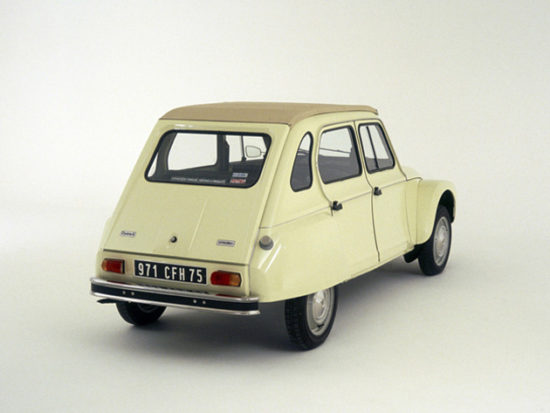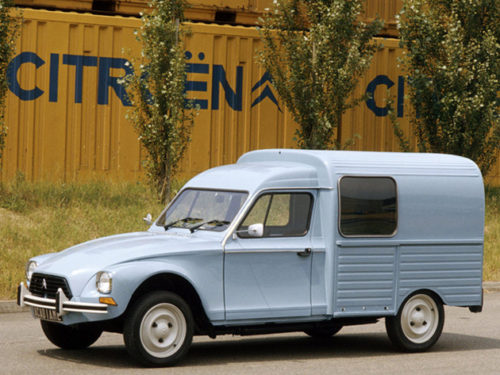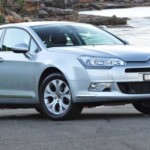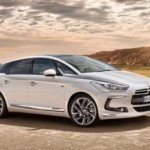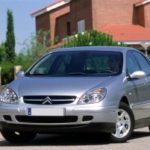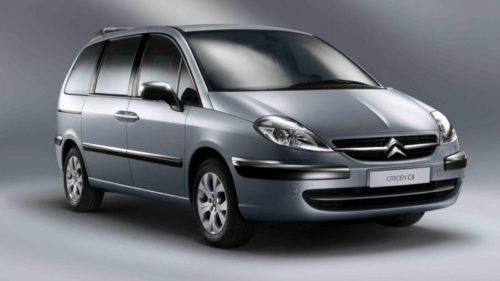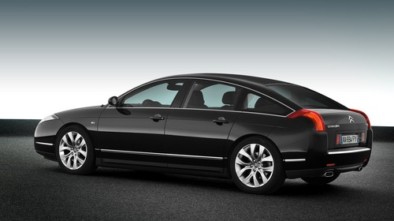Citroen Dyane - Model history

Citroën Dyane
In the auto industry, it is not uncommon for a company to designate a new product as a replacement for an outdated product that was thought to be over, but that its predecessor outlives its successor
There are many such cases, and we will mention some of the most famous ones. For example, in 1961, Volkswagen introduced the Type 3 as a replacement for the Beetle, and seven years later followed the Type 4. No car has survived for sale longer than 1974, while the Beetle has been manufactured to this day.
In the early 1980s, British Leyland introduced the Austin Metro as a replacement for the popular Mini, but the British toddler was still in production, with the Metro shut down in 1997. Porsche He believed that the time of the 911 had passed in the mid-1970s, and therefore, in 1978, introduced the Model 928. Although it sold solidly, the end came in 1995, while the 911 is still the most popular and well-known product of the German vehicle manufacturer. This brings us to Citroen, who, in 1967, introduced the Dyane model as a replacement for the popular but outdated 2CV, known to us as the "Spaček". Although it has sold solidly throughout its history, the Citroen Dyane has never been able to achieve its plan, both in the market and today in the world of classic cars.
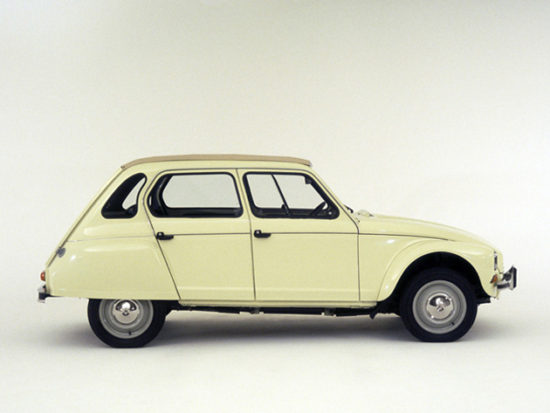
Citroën Dyane
After World War II, Citroen was in a relatively poor position in its domestic market. Years of war left the company in disarray, but the need for cars was overwhelming. However, purchasing power was extremely weak, so Citroen, Peugeot and Renault were competing for a cheaper product. Citroen's response to the crisis was the 2CV model, which the French carmaker has been working on since 1936. When it went on sale 12 years later, the 2CV was the cheapest new car in France and gave hope to many to own a car for the first time. Although it had a small 375cc engine and only 9hp, the 2CV was also comfortable, roomy and of high quality, making it a great choice for most customers.
The 2CV soon broke out into the first place in domestic sales, but as early as the mid-1950s, the situation slowly began to change. The French auto industry also changed greatly during the 1950s, thanks to "new habits" of customers in the workplace. Namely, instead of the standard working time of eight hours a day and a vacation of two weeks, the French decided to reduce the working week to 35 hours and increase the annual leave to four weeks during the summer.
Although this plan was quite risky, the workers liked it a lot, so they spent their time maximizing and productivity progressed to such an extent that by the mid-1950s, the working class was able to afford new cars at a much greater rate than ever before. In such conditions, young buyers did not want cars that their parents drove, but products that are as young and fun in the soul as potential buyers.
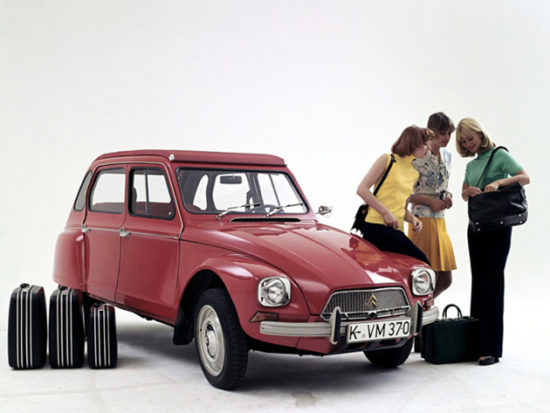
Citroën Dyane
The company knew that the 2CV was almost impossible to replace completely, but there was hope that a larger and better equipped car would be built on the same base, which would occupy a position between the said 2CV and the larger Ami. The hope was that if this novelty were as popular as 2CV, and more expensive, it could one day be completely replaced by its predecessor, but no replacement for 2CV was planned at the outset. However, the company had one major problem, namely that it was working on refreshed versions of the popular DS and Ami models, so it did not have the time and manpower to start working on a brand new car.
While Citroen did not take these changes seriously enough, the big rival Renault certainly is. By 1961, Renault introduced the Model 4 as a replacement for the 4CV and attracted much attention. Not only did the Renault 4 look more modern, it also had a spacious interior, more powerful 23-32hp engines and within a few years began stealing 2CV sales to a great extent. Citroen noticed the trend, but did nothing about it until the mid-1960s, when it 4 and officially took over the title of best-selling car in the French market.
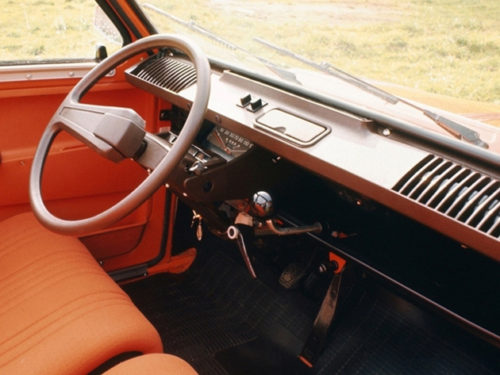
Citroën Dyane
Then Panhard, owned by Citroen, took the stage, and although this factory was mostly known for sports and racing cars, it accepted the challenge of fully developing the novelty.
The risk was taken by Louis Bioner, who designed every Panhard model produced from the 1920s to the 1960s, but from the very beginning he had a great opponent in the form of Citroen’s chief designer, Robert Opron. Namely, although Bioner used 2CV for the base, he added many lines from various Panhard models that Opron did not like at all. In the end, Opron had to personally make major changes before the presentation of the model, while Bioner received only one characteristic - the name. Panhard had previously protected the names Dyna, Dynavia and Dynamic, so the choice of name fell on Dyane.
The Citroen Dyane was officially introduced in August 1967 at the Brussels Motor Show and went on sale a few months later.
The reactions of the audience were generally very positive, especially when compared to 2CV. Dyane had a more modern interior and better and easier access to the trunk, and it seems to us that this detail was copied directly from rivals Renault 4. The buyer was able to choose between just one engine, a 425cc engine that developed 21 hp. Citroen promised a top speed of 100 km / h, but suggested that the optimum speed should be around 80 km / h, which was sufficient for most French roads of the time.
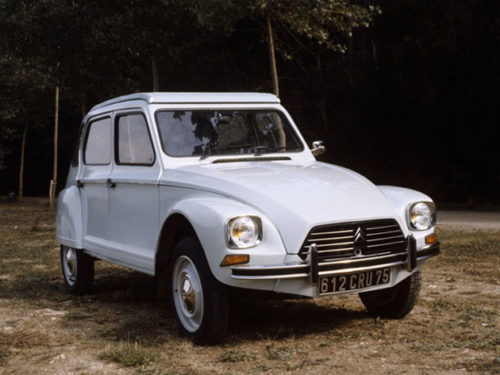
Citroën Dyane
Domestic buyers responded well and purchased 48.000 vehicles in the first four months. However, from the very beginning, Citroen was concerned that the Renault 4 was faster, and only four months after its launch, a more powerful 28hp version was fixed, which increased its top speed to 115 km / h. Just two months later, another 435hp 26cc engine debuted, and although it didn't have more power, it had slightly higher torque. Sales have jumped again and over the next few years are moving around 100.000 vehicles annually.
Dyane was soon on sale in the UK as well, where The Motor magazine tested it against its main rival, the Mini 1000 Super. The Citroen representative accelerated to 100 km / h in 31 seconds, with a combined fuel consumption of 5,5 liters per 100 kilometers, and with a price tag of £ 648, it cost the same as the British rival. Journalists praised the comfort, quietness and demeanor of the road, but criticized the lack of power and poor equipment even in the better-equipped Luxe version.
Citroen listened carefully to the critics and in late 1969 added the Dyane 6 model with a larger 602 cc 32hp engine, borrowed from the Ami. It increased its top speed to 120 km / h, which was in the top rank of the class, and sales continued to rise, especially when the oil crisis followed in the early 1970s.
However, at the time of greatest glory, the first problems began, for which Citroen itself was partly to blame. Specifically, the French vehicle manufacturer continued to upgrade the 2CV, so instead of a peaceful and quiet death, this toddler began to relive another youth and attract an increasing number of customers. A much bigger problem was the new Renault 5. Introduced in 1972, the Renault 5 had all the practical features of the "4" and Dyane, but a much more pronounced sports design and soon became a big hit among customers. Even in the basic version 5 it had 36 hp and much more equipment while the most powerful version developed 62 hp.
We will mention that Dyane was also produced in Iran from 1968 to 1980 (production was also briefly performed at Tomos and Cimos factories in Yugoslavia) where it was sold as Jyane, and all Acadiane production outside was also produced at this location. The Acadiane was a non-version based Dyane and was introduced in 1977 with a maximum payload of 500 kg. This van had a modified suspension and came in several different versions as a worker and passenger vehicle, with the best sales year being 1979 when 45.438 copies were sold. From 1968 to 1988, the Citroen Mehari was also built on the Dyane base, a 570 kg weighing vehicle.
In its history, Citroen has sold 1.443.493 Dyane and another 253.393 Acadiane, which are not as high as the 2CV, but this car certainly deserves its place in history. In any case, Dyane is a relatively prized classic today, especially for anyone who wants an interesting little car for small sums of money. But that doesn't mean Dyane doesn't have its more expensive versions, especially the 1977 Cabane convertible, which was produced in only 1.500 units. So if you love 2CV, and it seems too common on the roads, the Citroen Dyane is a great classic to buy.
Text: Zoran Tomasovic
Posted by: www.vrelegume.rs
Recommendation of similar texts:

Hi there, I am Mladen and I am an auto enthusiast. I started this blog years ago to help like minded people share information about latest cars, car servicing ideas, used car info, exotic cars, and auto technology. You will find helpful articles and videos on a wide variety of cars - Audi, Mercedes, Toyota, Porsche, Volvo, BMW and much more. Ping us if you have anything cool to share on latest cars or on how to make older cars more efficient, or just want to say hi!

